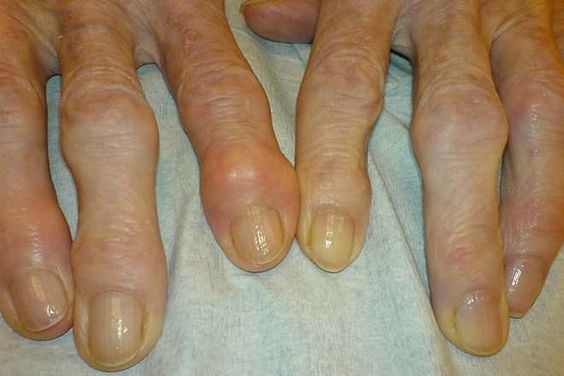Introduction: Navigating Arthritis Types
Arthritis is a common condition that affects many individuals, causing joint pain and stiffness. While there are over 100 types of arthritis, osteoarthritis and rheumatoid arthritis are two of the most prevalent forms. Understanding the differences between these conditions can help manage symptoms effectively and improve quality of life.
Osteoarthritis: The Wear and Tear Arthritis
Characteristics:
- Nature: Osteoarthritis is primarily a degenerative joint disease. It occurs when the protective cartilage that cushions the ends of your bones wears down over time.
- Affected Joints: It commonly affects joints in the hands, knees, hips, and spine.
- Symptoms: The main symptoms include pain, stiffness, decreased range of motion, and sometimes a grating sensation during joint movement.
Causes:
- It is often referred to as “wear and tear” arthritis because it usually develops due to the breakdown of joint cartilage from prolonged usage.
Management:
- Treatments focus on relieving symptoms and may include pain relievers, anti-inflammatory drugs, physical therapy, and lifestyle changes like weight management and low-impact exercise.
Rheumatoid Arthritis: The Autoimmune Condition
Characteristics:
- Nature: Rheumatoid arthritis (RA) is an autoimmune disorder where the immune system mistakenly attacks the body’s tissues, primarily affecting the joints.
- Affected Joints: It typically affects smaller joints first, such as those in the hands and feet, although it can spread to other joints over time.
- Symptoms: Symptoms include tender, warm, swollen joints, and morning stiffness that may last for several hours.
Causes:
- The exact cause of RA is unknown, but it involves a combination of genetic and environmental factors, such as smoking.
Management:
- RA is treated with medications that slow the disease and prevent joint deformity, including disease-modifying antirheumatic drugs (DMARDs) and biologics. Physical therapy and regular exercise can also help manage symptoms.
Conclusion: Empower Yourself with Knowledge
Both osteoarthritis and rheumatoid arthritis impact daily life but understanding their differences is crucial for effective management. If you suspect you have arthritis, consulting with a healthcare provider for a proper diagnosis and treatment plan is essential. With the right approach, living with arthritis can still mean leading a fulfilling and active life.





